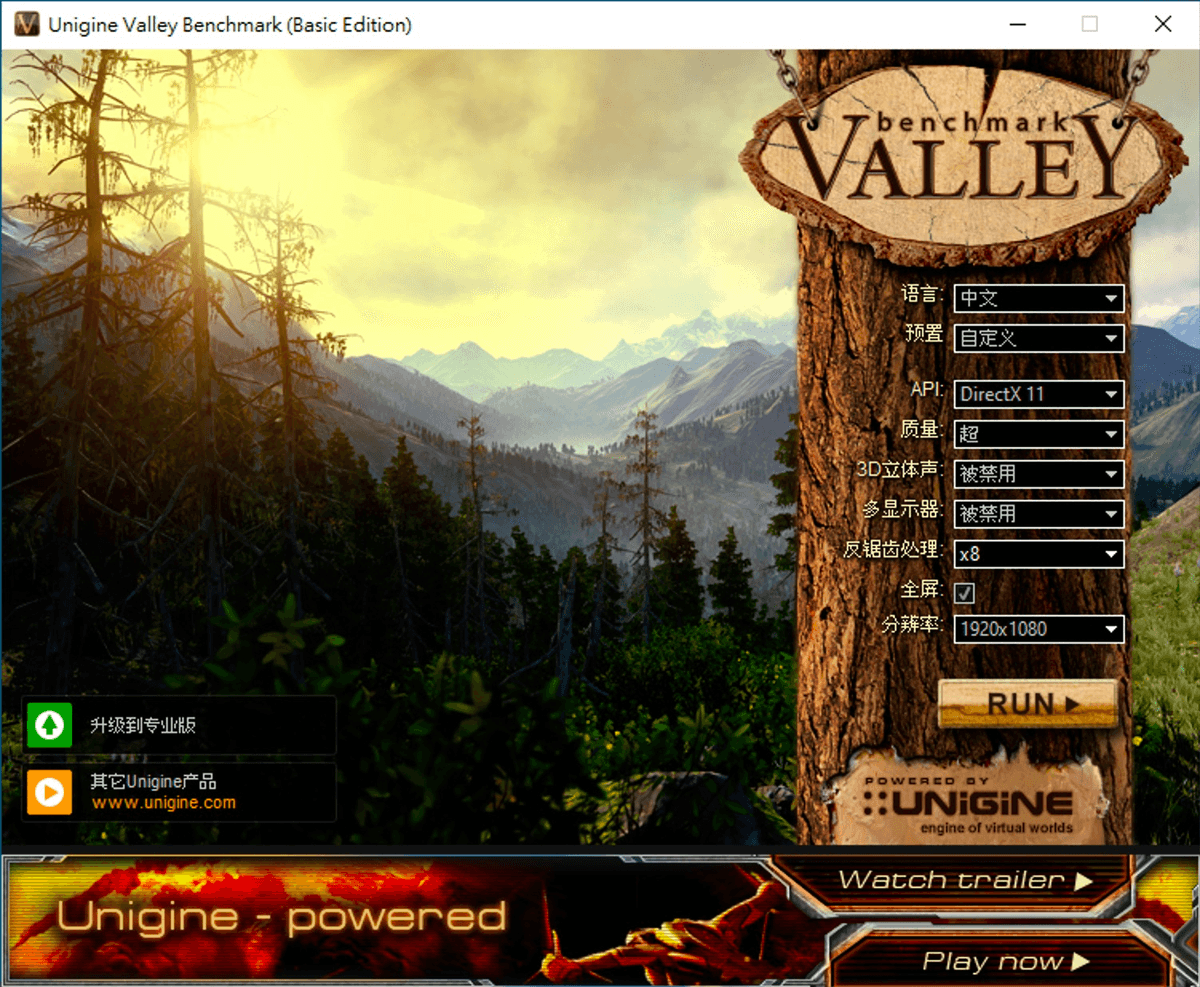Unlocking the Power of Diffusion Models for Unconditional Image Generation
In recent years, generative models have made significant progress in the fields of computer vision and natural language processing. One of the most promising approaches has been the use of diffusion models, which have demonstrated the ability to generate high-quality, realistic images without requiring any supervision signals.
In a bootcamp or parallels approach, researchers have proposed using diffusion models as generative models to tackle complex data sets. By training a neural network to predict the mean and covariance of a sequence of Gaussian distributions, these models learn to reverse a Markov chain that transforms the data into white Gaussian noise. This allows for the generation of images that are both realistic and diverse.
One of the key advantages of diffusion models is their ability to model complex data sets using probability distributions that are both flexible and analytically tractable. This makes them particularly well-suited for tasks such as image generation, where modeling complex relationships between pixels is essential.
In this article, we will explore the applications of diffusion models in computer vision and discuss how they can be used to generate unconditional images. We will also examine the current state-of-the-art in diffusion model research and consider future directions for this exciting field.
By harnessing the power of diffusion models, researchers are one step closer to creating generative models that can simulate real-world scenes with unprecedented accuracy. As we continue to push the boundaries of what is possible with these models, we may uncover new insights into the nature of representation and the role of machine learning in our daily lives.


